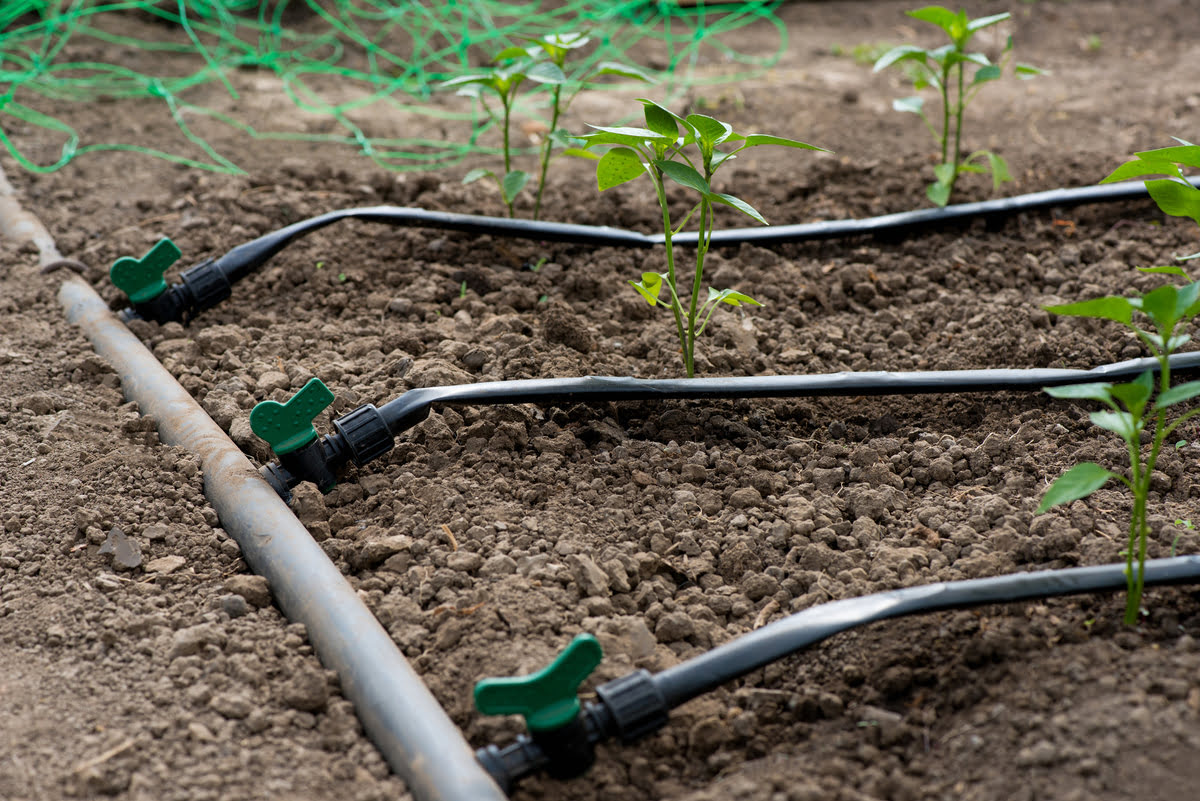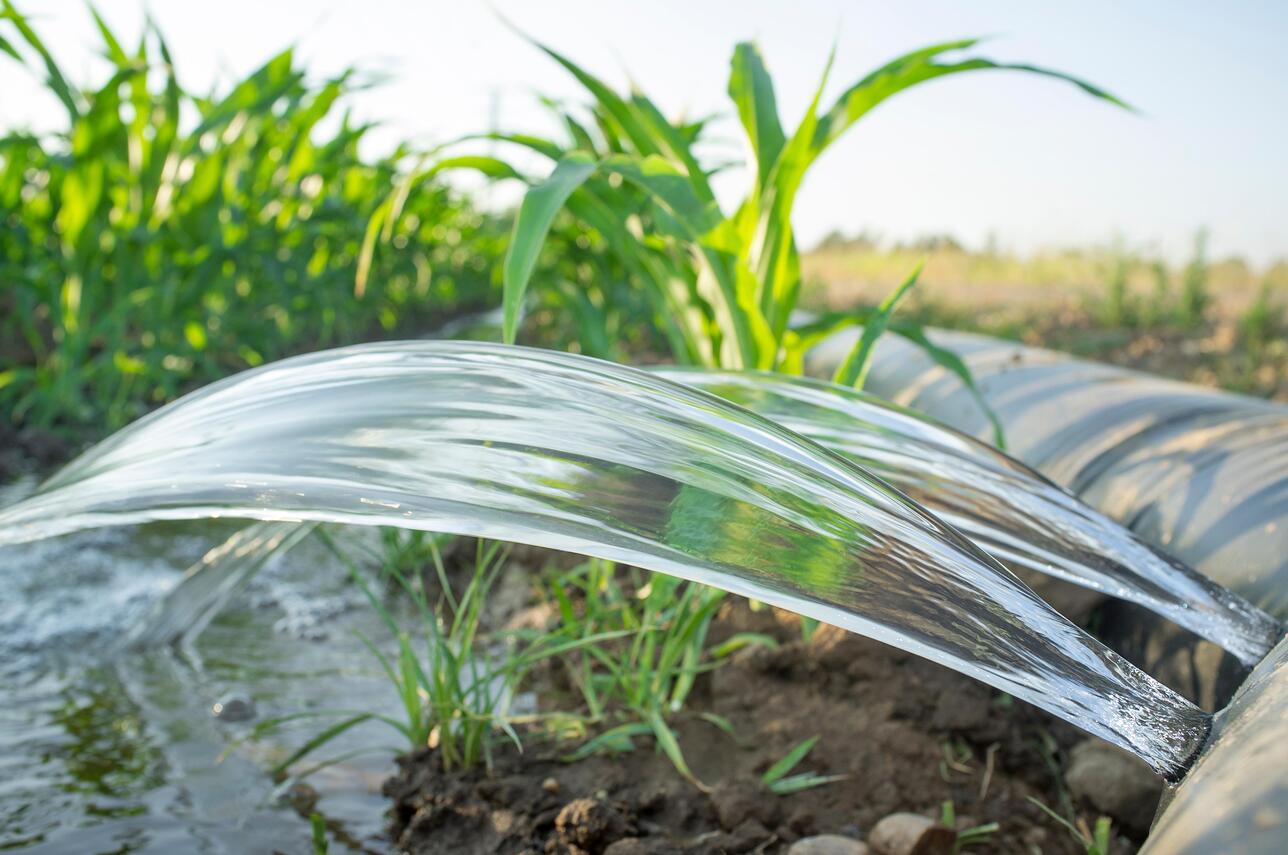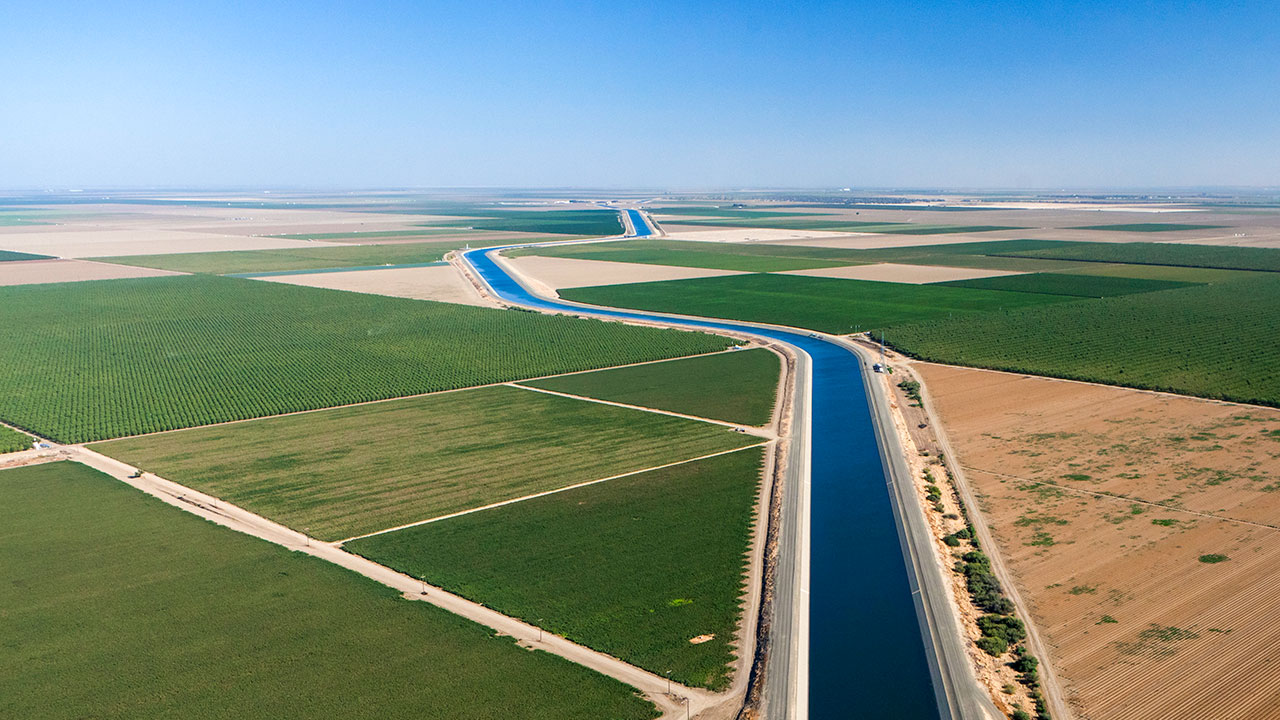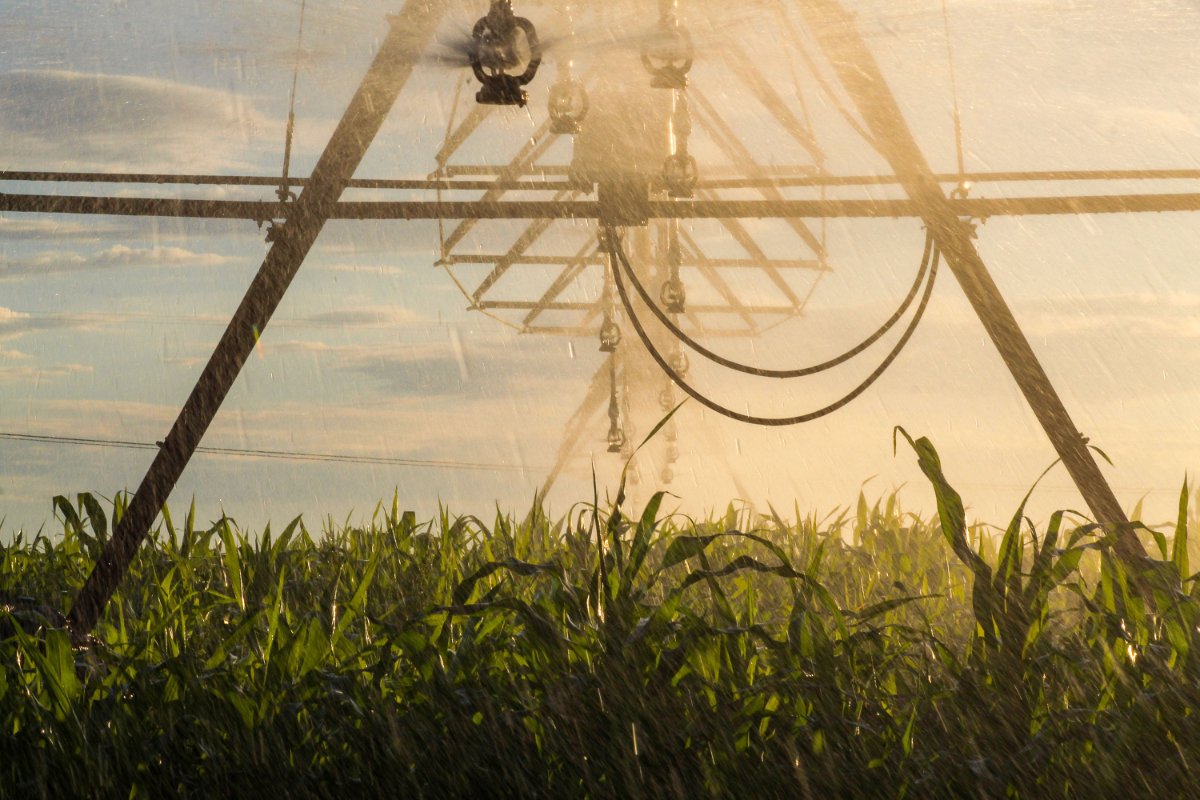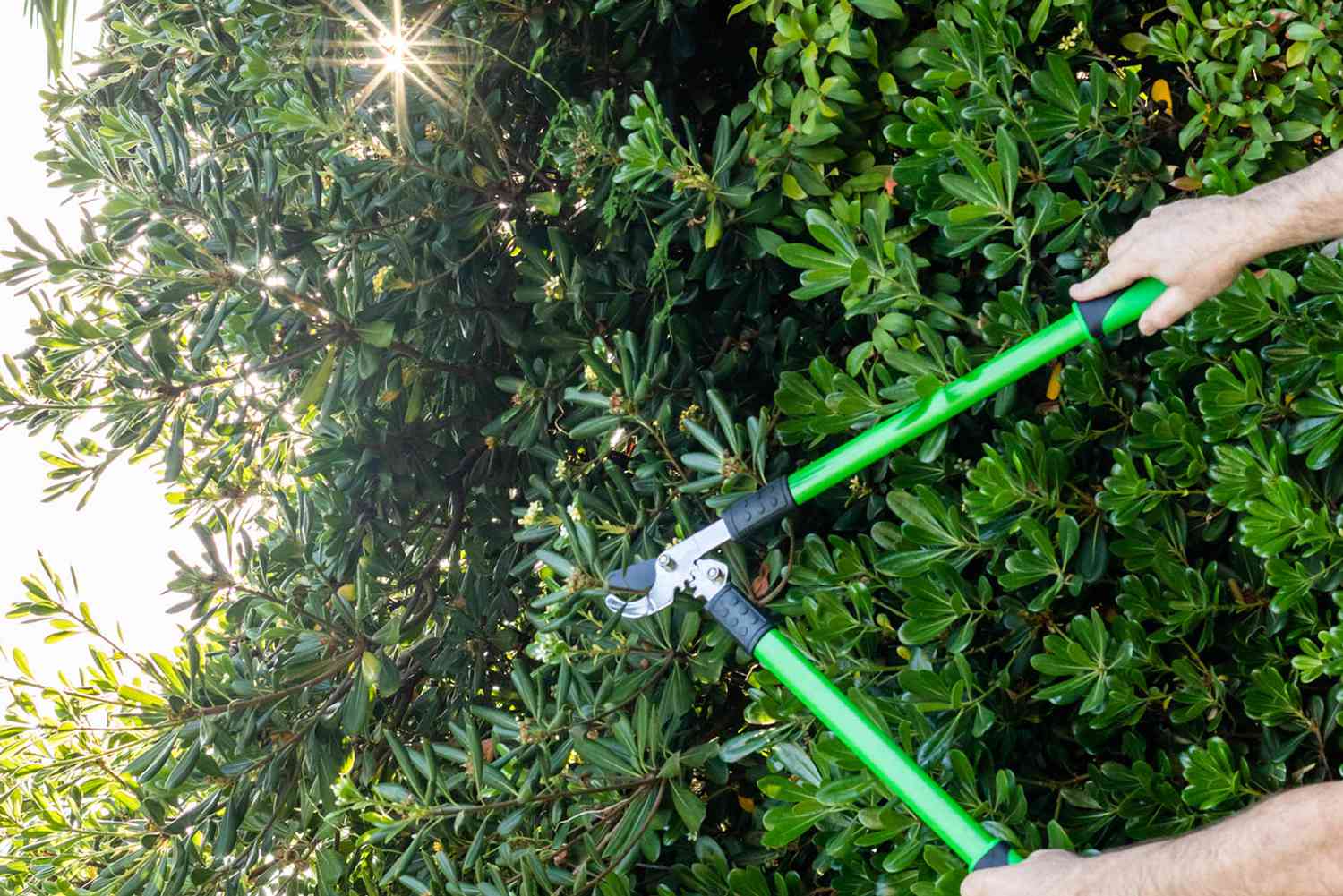Home>Gardening News and Trends>Latest News>Why Was Irrigation Easier For Egyptians Than For Mesopotamians?


Latest News
Why Was Irrigation Easier For Egyptians Than For Mesopotamians?
Modified: January 22, 2024
Discover the reasons why irrigation was more convenient for ancient Egyptians compared to Mesopotamians. Find out more in our latest news article.
(Many of the links in this article redirect to a specific reviewed product. Your purchase of these products through affiliate links helps to generate commission for Chicagolandgardening.com, at no extra cost. Learn more)
Table of Contents
Introduction
The civilizations of ancient Egypt and Mesopotamia flourished thousands of years ago, leaving behind remarkable legacies that continue to fascinate historians and scholars today. One of the key factors contributing to the success and prosperity of these civilizations was their ability to harness the power of irrigation for agricultural purposes. Irrigation played a crucial role in ensuring a reliable food supply and supporting the growth of these ancient societies.
However, despite facing similar challenges in cultivating the land, the ancient Egyptians seemed to have had an easier time implementing irrigation systems compared to their Mesopotamian counterparts. This phenomenon raises intriguing questions about the environmental, geographic, and technological factors that influenced the success of irrigation in these two regions.
This article aims to explore and analyze these factors to gain a deeper understanding of why irrigation was more manageable for the Egyptians than for the Mesopotamians. By examining the environmental conditions, geographic locations, river systems, agricultural techniques, and engineering innovations of these civilizations, we can uncover the unique challenges and advantages that shaped their agricultural practices.
Moreover, by unraveling the secrets behind the Egyptians’ relative ease in irrigation, we can gain valuable insights into the ways in which ancient civilizations overcame obstacles and thrived in their respective environments. Understanding the successes and failures of these ancient irrigation systems can offer valuable lessons for our modern-day agricultural practices.
Environmental Factors
The environmental conditions of a region greatly influence the feasibility and effectiveness of irrigation systems. In the case of ancient Egypt, the Nile River played a crucial role in creating a favorable environment for irrigation. The Nile’s annual flood brought rich sediment and nutrients, creating fertile soil that was ideal for agriculture. The predictable flood patterns allowed the Egyptians to plan and implement irrigation systems accordingly, ensuring that their crops received a consistent water supply.
On the other hand, Mesopotamia faced a more challenging environment for irrigation. Located between the Tigris and Euphrates rivers, the region was prone to unpredictable floods and droughts. The irregular flood patterns made it difficult to plan and maintain irrigation systems effectively. The Mesopotamians had to rely on complex canal networks and reservoirs to store water during times of abundance and distribute it during dry periods.
Additionally, the geography of the two regions also played a significant role in their differing irrigation capabilities. Egypt’s topography was relatively flat and had a gradual slope towards the Mediterranean Sea. This allowed for easy water flow and the creation of simple irrigation canals. The Mesopotamian landscape, on the other hand, featured more rugged terrain with varying elevations. This made the construction and maintenance of irrigation systems more challenging.
In summary, the environmental factors, such as the predictable flood patterns, favorable soil conditions, and overall topography of Egypt, provided a more conducive environment for irrigation compared to the unpredictable floods, less fertile land, and uneven terrain of Mesopotamia.
Geographic Location
The geographic location of a civilization has a significant impact on its ability to implement and manage irrigation systems. In the case of ancient Egypt, the region was geographically isolated and protected by natural barriers such as deserts, making it less prone to invasion and disturbances. This stability allowed the Egyptians to focus on developing and perfecting their irrigation techniques without constant external threats.
Mesopotamia, on the other hand, was located in a region that was more open and susceptible to outside influences. It was located between several powerful empires, including Assyria and Babylonia. This geopolitical situation made it more challenging for the Mesopotamians to invest time and resources in the development of advanced irrigation systems. They had to prioritize defense and security over the improvement of their agricultural practices.
Furthermore, Egypt’s location in the northeastern corner of Africa gave it a relatively homogeneous climate, with hot and dry conditions prevailing throughout the year. This consistency allowed the Egyptians to devise irrigation strategies that were specifically tailored to their climate and agricultural needs.
In contrast, Mesopotamia’s location in the fertile crescent meant that it experienced more drastic seasonal changes and varying climatic conditions. This necessitated the development of more complex irrigation systems to adapt to these fluctuations in water availability.
In summary, Egypt’s geographically isolated and stable position allowed for a singular focus on agricultural development and irrigation techniques, while the more exposed location of Mesopotamia necessitated a greater emphasis on defense and adaptability in their irrigation practices.
River Systems
The river systems in ancient Egypt and Mesopotamia played a crucial role in shaping the irrigation practices of these civilizations. In Egypt, the Nile River was the lifeline of the region, providing a consistent and predictable water source for agricultural purposes. The annual flood of the Nile, caused by the monsoon rains in the Ethiopian highlands, replenished the soil and brought much-needed water to sustain the crops. The Egyptians developed extensive irrigation networks, utilizing canals and dikes to redirect and control the flow of water onto their fields.
In contrast, Mesopotamia was characterized by the Tigris and Euphrates rivers, which posed different challenges for irrigation. The rivers had unpredictable flooding patterns, often leading to destructive floods that could ruin crops and damage irrigation infrastructure. To mitigate these challenges, the Mesopotamians built a sophisticated system of canals, dikes, and reservoirs to regulate the water flow and distribute it evenly across their fields. However, the maintenance and management of these systems required significant resources and engineering expertise.
Another significant difference between the river systems of the two civilizations was the issue of water scarcity. While Egypt enjoyed the abundance of water provided by the Nile, Mesopotamia faced a constant struggle with water scarcity. The rivers in Mesopotamia relied on snowmelt and rainfall in distant mountains, making water availability highly unpredictable. Therefore, the Mesopotamians had to develop advanced water storage and irrigation techniques, such as the construction of reservoirs and qanats (underground channels), to ensure a steady water supply for their fields.
In summary, the contrasting characteristics of the river systems in ancient Egypt and Mesopotamia shaped the irrigation practices of these civilizations. The predictable flood patterns and abundance of water in Egypt’s Nile River contributed to the relative ease of implementing and managing irrigation systems. In Mesopotamia, the unpredictable floods, water scarcity, and need for extensive infrastructure to control and distribute water presented significant challenges that required advanced engineering solutions.
Agricultural Techniques
The agricultural techniques employed by the ancient Egyptians and Mesopotamians also played a role in the relative ease or difficulty of irrigation in these civilizations. Both societies relied heavily on agriculture for their survival and economic prosperity, but their approaches differed due to various factors.
In Egypt, the cultivation of crops centered around the floodplain of the Nile River. The annual floodwaters brought fertile silt, which replenished the soil and created excellent conditions for agriculture. The Egyptians practiced a form of basin irrigation, where fields were divided into small plots surrounded by earthen embankments. These basins allowed for efficient water distribution and retention, ensuring that crops received adequate moisture throughout the growing season.
Mesopotamia, on the other hand, faced more challenges due to its varying topography and the unpredictable flooding of the Tigris and Euphrates rivers. To overcome these obstacles, the Mesopotamians developed a sophisticated system of terraced agriculture. They transformed steep slopes into terraces, which helped to control erosion and retain water on the fields. This technique maximized the use of limited available water and provided more even irrigation to the crops.
Additionally, the cultivation of different crops also influenced irrigation techniques. The Egyptians focused on staple crops like wheat and barley, which thrived in the fertile soils of the Nile floodplain. These crops had relatively low water requirements and could withstand periodic flooding. In contrast, the Mesopotamians cultivated a wider variety of crops, including barley, wheat, dates, and fruits. Each crop had specific water needs and growing conditions, necessitating more precise and flexible irrigation methods.
Furthermore, the Egyptians’ use of the shaduf, a hand-operated lever system, exemplified their innovative approach to irrigation. The shaduf allowed farmers to lift water from the Nile or nearby canals and distribute it across their fields. This manual technique was efficient and required minimal resources. In Mesopotamia, the use of animal-powered irrigation, such as the wheel and the Archimedean screw, was more prominent. These technologies allowed for greater water lifting capacity and irrigation over larger areas.
In summary, the agricultural techniques employed by the Egyptians and Mesopotamians were adapted to their respective environmental conditions and crop requirements. The Egyptians’ basin irrigation and the use of the shaduf in a predictable floodplain facilitated efficient and controlled water distribution. The Mesopotamians’ terraced agriculture and animal-powered irrigation methods allowed for more effective water management in a region with unpredictable flooding and varied topography.
Engineering Innovations
The engineering innovations of ancient Egypt and Mesopotamia played a crucial role in shaping and facilitating their respective irrigation systems. These innovations not only improved the efficiency of water distribution but also allowed for the management of complex irrigation networks.
Ancient Egyptians were known for their remarkable engineering prowess. They constructed hieroglyphic-covered canals, lined with limestone, to channel water from the Nile to their fields. They also used sophisticated tools and techniques to dig irrigation ditches and maintain their canals. The construction of dams, known as barrages, helped regulate the flow of water and prevent flooding during times of high water levels. Additionally, the use of valves, gates, and weirs allowed for precise control over the distribution of water to different areas and crops.
Mesopotamia, too, witnessed significant engineering advancements. The construction of canals and dikes was a fundamental aspect of Mesopotamian irrigation. These canals were often connected to reservoirs, which helped store water during periods of excess and provided a reliable water supply during dry periods. The Mesopotamians developed innovative methods to excavate and maintain these canal networks, such as the use of specialized tools like pickaxes and shovels.
One notable engineering innovation in Mesopotamia was the qanat, an underground channel that tapped into groundwater sources and delivered water for irrigation. These qanats were carefully designed to utilize natural slopes and gravity to transport water over long distances. The precise construction and maintenance of qanats required advanced engineering knowledge and skill.
Moreover, the Mesopotamians built dams and levees to regulate the flow of water and protect their fields from flooding. The construction of these structures required careful planning and the use of materials like mud bricks and reeds.
Both civilizations also made use of advanced measurement tools, such as the nilometer in Egypt and the winkelmaat in Mesopotamia, to gauge water levels accurately and regulate water allocation.
In summary, the engineering innovations of both ancient Egypt and Mesopotamia played a vital role in the success of their irrigation systems. The construction of canals, dikes, dams, and reservoirs, along with the utilization of underground channels and advanced measurement tools, allowed for efficient water distribution and management. These engineering advancements demonstrate the ingenuity and technical expertise of these ancient civilizations.
Conclusion
The comparison of irrigation practices in ancient Egypt and Mesopotamia highlights the various factors that influenced the relative ease or difficulty of implementing and managing irrigation systems in these civilizations.
The environmental factors, including predictable flood patterns, favorable soil conditions, and topography, contributed to the success of irrigation in Egypt. The Nile River provided a consistent water source and fertile soil, while the flat terrain facilitated the construction of simple irrigation canals.
On the other hand, Mesopotamia faced challenges such as unpredictable floods, water scarcity, and uneven terrain. The Mesopotamians had to rely on complex canal networks, reservoirs, and terraced agriculture to overcome these challenges.
The geographic locations of the two regions also played a role. Egypt’s isolation and natural barriers resulted in a more stable environment conducive to agricultural development. In contrast, Mesopotamia’s location exposed it to various influences and conflicts.
The river systems in Egypt and Mesopotamia also differed. The Nile, with its predictable flood patterns and abundance of water, allowed for easier water management. Meanwhile, the Tigris and Euphrates rivers in Mesopotamia presented challenges due to their unpredictable floods and water scarcity.
Furthermore, the agricultural techniques and engineering innovations employed by these civilizations reflected their specific needs and circumstances. The Egyptians practiced basin irrigation and utilized manual tools like the shaduf, while the Mesopotamians developed terraced agriculture and advanced engineering methods such as qanats and underground channels.
In conclusion, while both ancient Egypt and Mesopotamia relied heavily on irrigation for their agricultural practices, the Egyptians appeared to have had an easier time implementing and managing their irrigation systems. This was due to a combination of factors, including environmental conditions, geographic location, river systems, agricultural techniques, and engineering innovations. By examining and understanding these factors, we gain insight into the remarkable achievements and adaptations of these ancient civilizations, and uncover valuable lessons that can inform modern-day agricultural practices.


